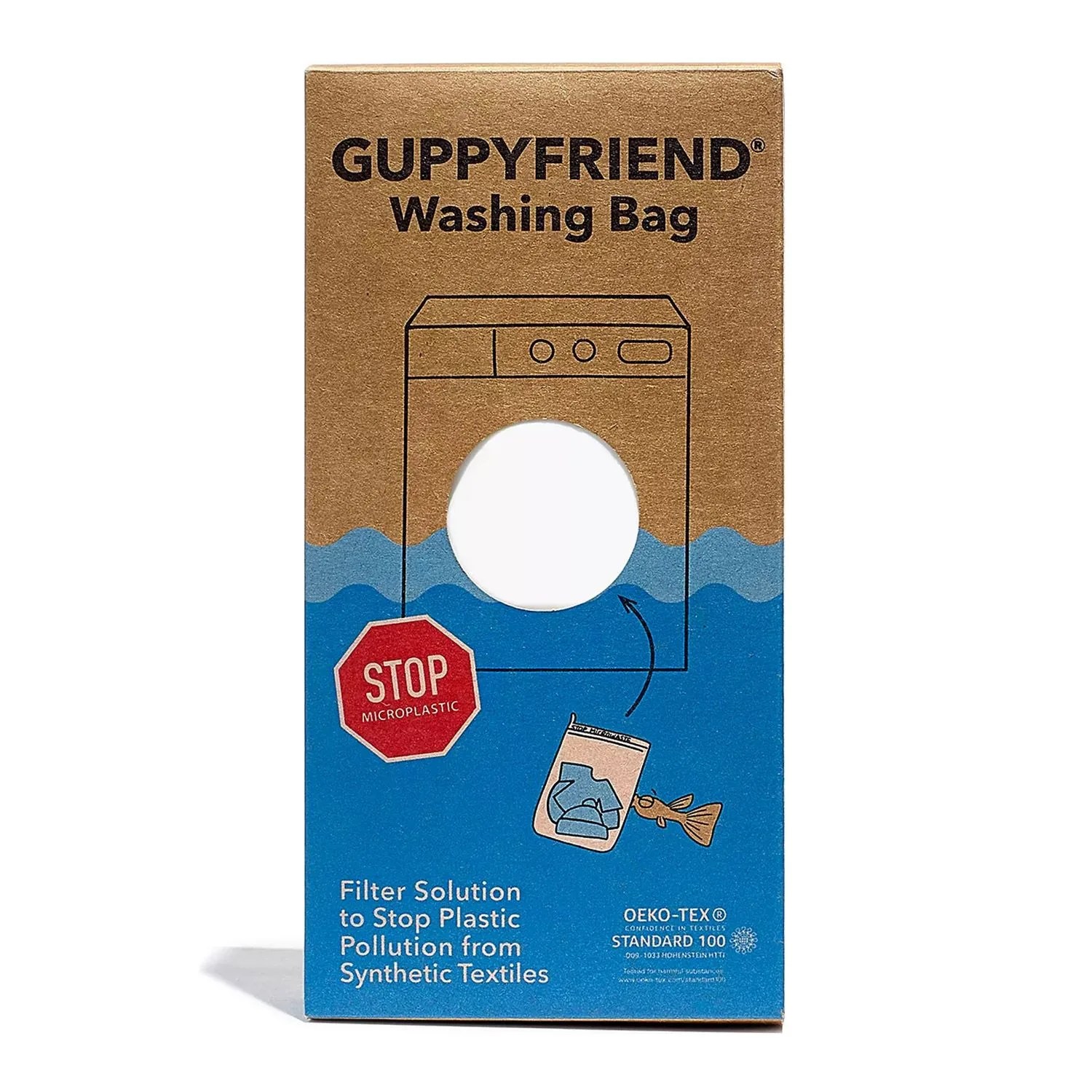Welcome to Counterpoint, a series in which we challenge commonly held ideas about well-known products. This time: fleece jackets.
First, let me introduce you to this story’s villain, fleece. More specifically, the microplastics it sheds. See, most fleece jackets are made from polyester. And polyester (aka polyethylene terephthalate) is plastic, which derives from a chemical reaction between air, petroleum, and water. But wait, I know. I can hear you now. People use plastic for everything. Why are my fleece jackets the problem?
Due to their size, the microplastics fleece jackets shed are harder to corral. If you see a water bottle floating along the shoreline, you pick it up. Or, if there is a herd of them floating a few miles offshore, a conservation crew can scoop them with one swift sift. Microplastics usually measure out to no more than a few millimeters (five at max). For context, a pea is roughly 10 mm across. The tip of a pencil is roughly 1 mm across. They’re hard to see and even harder to address. But, microplastics are everywhere.
“In a business-as-usual scenario, the ocean is expected to contain one tonne of plastic for every three tonnes of fish by 2025, and by 2050, more plastics than fish [by weight],” researchers in a 2016 study by the Ellen MacArthur Foundation determined. That’s bad news. And this isn’t a problem we should shelve and address further down the road. Scientists found microplastics in table salt; fish caught miles from California’s coast; and shorelines where effluent and other wastewater is routed.
Activists are concerned we’re underestimating the reach of clothing-derived microplastics, even in the face of such grave realizations. Any damage done to the environment eventually impacts us, too, especially if we’re unaware of the potential problems. But sooner than most realize, some argue, we’ll learn that plastics have infiltrated our diets, the air we breathe, and the water we drink.




